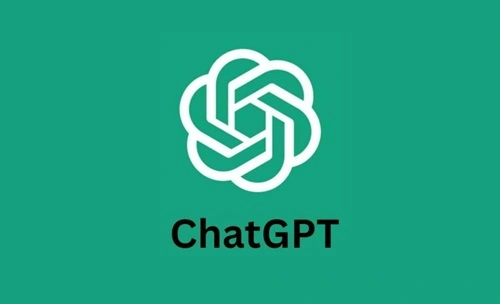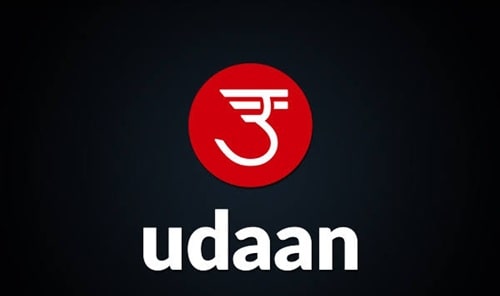Artificial intelligence is the new sensation in 2025, and many companies brought this shift to traditional search engines. A tool that shook the industry with impressive search results, a deep-thinking algorithm, and many more features is none other than ChatGPT, developed by OpenAI. From assistance in completing assignments for student to writing support for professionals, ChatGPT has changed many things.
In a short period, ChatGPT gained millions of active users due to its competitiveness, problem-solving skills, freemium business model, and so on. However, many people have this question: how does ChatGPT make money if it is free to use? Well, ChatGPT follows a freemium business model and earns from various other streams to compensate for the free users. To understand in deep, we will look at factors like what is ChatGPT, how does it work, the business model and source of revenue.
Let’s get started by understanding what ChatGPT is and how it works.

ChatGPT – What is It? –
ChatGPT is a large language model (LLM) designed to provide conversational answers, which means it is a conversational AI. From understanding prompts to generating codes, the capabilities are impressive enough to make anyone switch from search engines to this AI tool. The key strength of ChatGPT is its ability to produce context-aware and natural-sounding responses across many subjects.
ChatGPT is known for being a free-to-use tool; however, there are things like the cost of running, salaries to employees, maintenance, and so on. The infrastructure requires a huge amount of money for research, development, and a lot more. Due to all this, ChatGPT designed a business model around its product to ensure sustainable and profitable growth.
ChatGPT Business Model – How do they earn?
As mentioned earlier, ChatGPT has designed a business model which not only help them sustain, but also help in earning profit. There are six key steps that are followed by the organisation. Here’s the complete business strategy used by OpenAI:
1. Freemium Strategy to Attract Large Audience
Just like most social media, and streaming platforms, ChatGPT follows a freemium business model which means users can sign up and start using their platform. With the free model, users have the option to access the old model, which is GPT-3.5 now, which is good enough for most tasks. Users can ask questions, generate images, do queries, develop code, and so on.
With the free access, ChatGPT brings millions of users to their platform, and once people start using their platform, a small percentage of them opt for the premium plan. With the premium upgrade, ChatGPT can make money. This approach is similar to music streaming platforms, YouTube, and many other SaaS programs. The key benefits of this strategy are:
- It increases brand awareness by letting everyone try the tool.
- It builds a natural pathway to convert free users into paying subscribers.
With this idea of converting free users into paid ones through subscription, ChatGPT makes money.
2. Subscription Plans
ChatGPT Plus is the main source of income, and it is the direct source of revenue for OpenAI. The premium plan is available for $20 per month, or ₹1,999 per month. ChatGPT also offers a ChatGPT Go plan for basic users, which starts at ₹399 in India. These plans have great features that are sufficient for an everyday user. However, professionals can find better plans that provide the latest features with full access to ChatGPT. This plan costs ₹19,900 per month, and this plan also makes the subscriber eligible for testing new features that are still not ready.
Since millions of people use ChatGPT, even if a small percentage upgrade to Plus, the subscription income is huge. This makes it one of the most stable revenue streams.
3. Enterprise Solutions
ChatGPT is not only serving individual users now, but they have started offering enterprise solutions that are tailored to provide all the features for teams and workflows. With this method, ChatGPT can meet the demand for sustainability, and its ChatGPT enterprise model provides a steady stream. The features offered to enterprise customers are as follows:
- Unlimited high-speed access to GPT-4
- Enhanced security and data privacy
- Tools for team collaboration
- Customizable features for business needs
For example, a customer support company can integrate ChatGPT Enterprise to assist agents with quick answers, reducing workload and improving efficiency.
4. PI Licensing for Developers
One of the biggest strengths of ChatGPT is API licensing, which allows developers to access the ChatGPT model through their API (Application Programming Interface). Businesses, start-ups, and app creators get the functionality of ChatGPT, its strengths and lot more in their own product. There are many companies using ChatGPT’s API. Some key examples are:
- Apps that generate marketing copy
- Tools for code assistance
- Customer support bots
- AI-powered writing assistants
OpenAI charges developers based on usage. The more queries or tokens processed, the more the company earns.
5. Partnerships with Big Companies
OpenAI has built strong partnerships to expand ChatGPT’s reach. The most important partnership is with Microsoft. Microsoft has invested billions in OpenAI and has integrated ChatGPT into its products like Microsoft Word, Excel, and Bing search.
6. Custom AI Solutions
Apart from the general services which ChatGPT offers, there are custom AI solutions offered by OpenAI for many other industries. For example, if a law firm needs a refined version of ChatGPT trained on Legal Data, or a medical company needs an AI assistant trained on medical records or similar data, then ChatGPT provides these services. With these tailored solutions, OpenAI taps into high-value contracts, and these expensive projects help the business grow. This is a premium revenue stream, and it is used by many other AI companies as well.
Costs Behind Running ChatGPT
To understand how the ChatGPT business model works, it would be crucial to look at the cost side as well. To run a platform like ChatGPT, below given are some key expenses:
- Cloud computing and server costs
- Training large AI models
- Data acquisition and licensing
- Security and compliance requirements
- Research and development
It is estimated that each query to GPT-4 costs several cents in computing power. Even a small-scale AI business also burns millions of dollars to start offering its services.
Bottom Line
The ChatGPT business model is a well-planned mix of free access, paid subscriptions, enterprise solutions, API licensing, partnerships, and custom AI services. Each part plays a role in making the platform sustainable and profitable.



